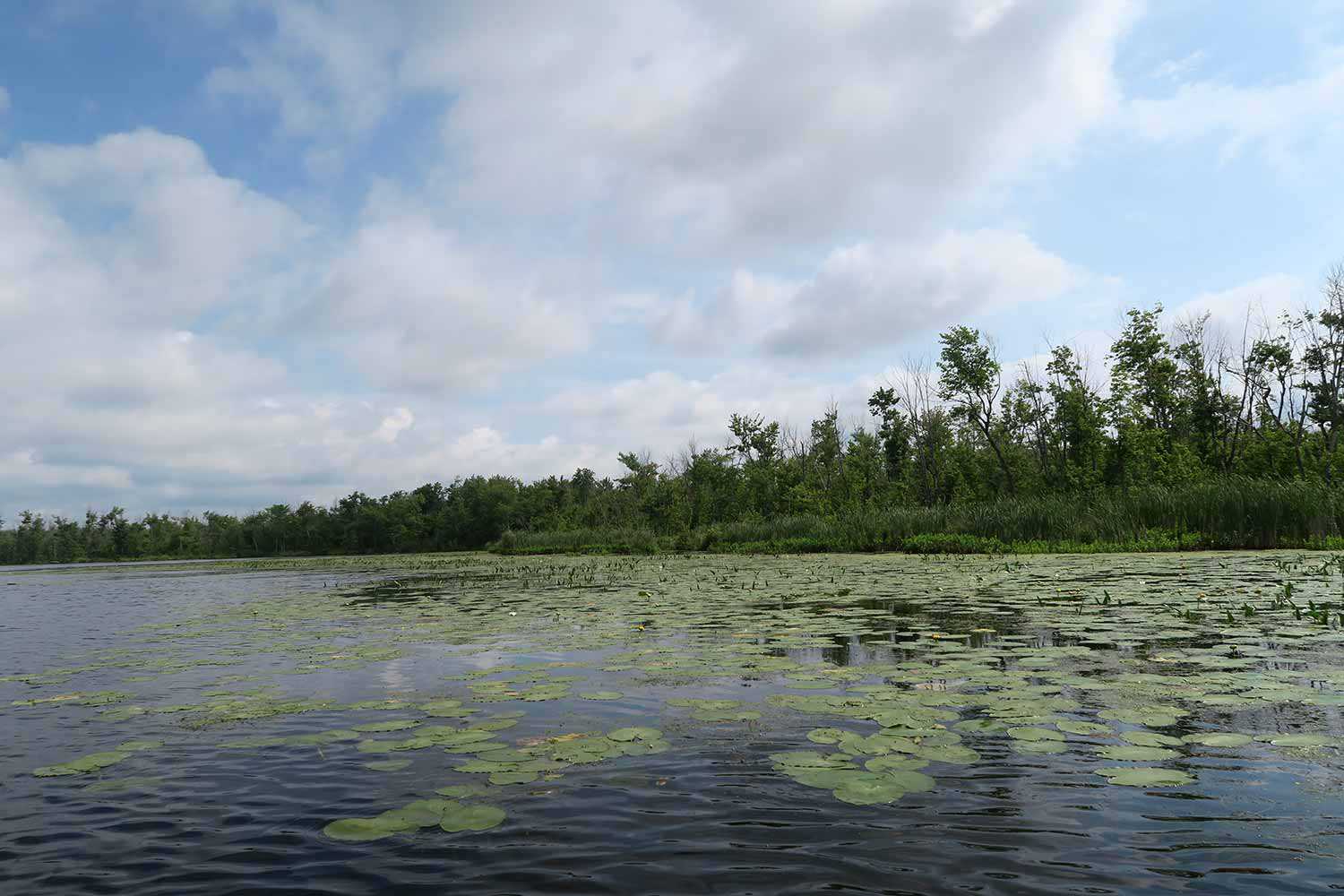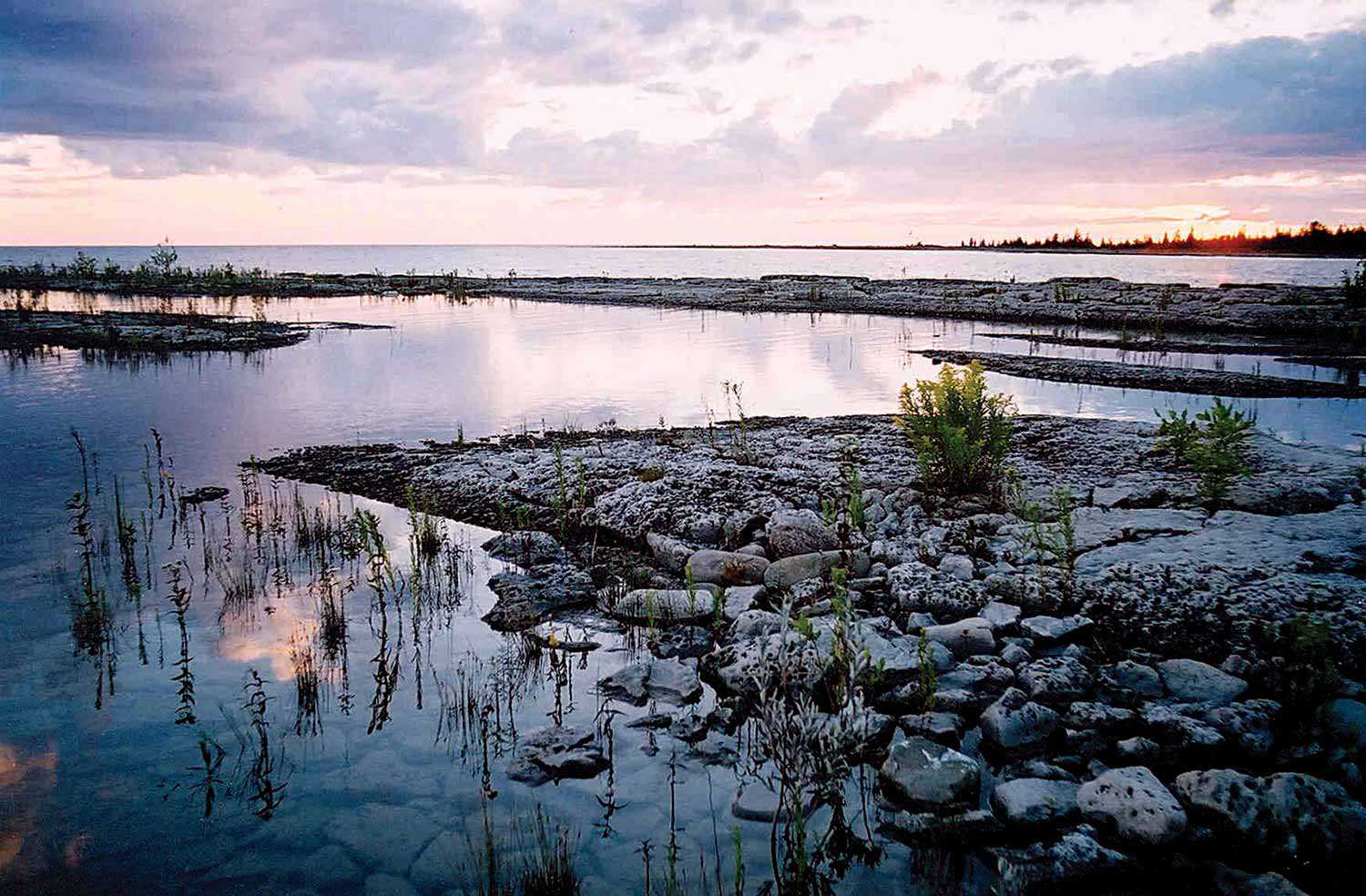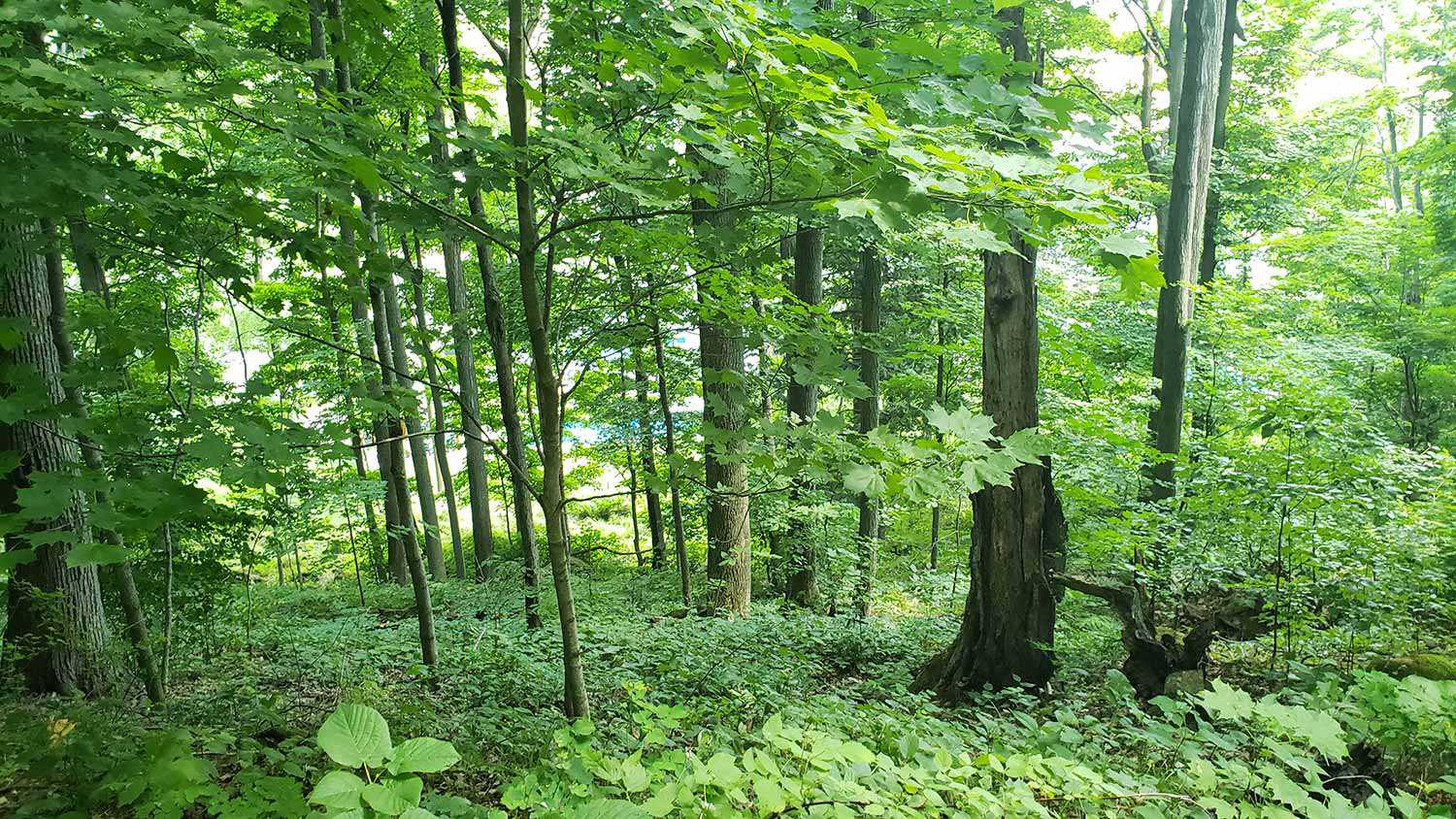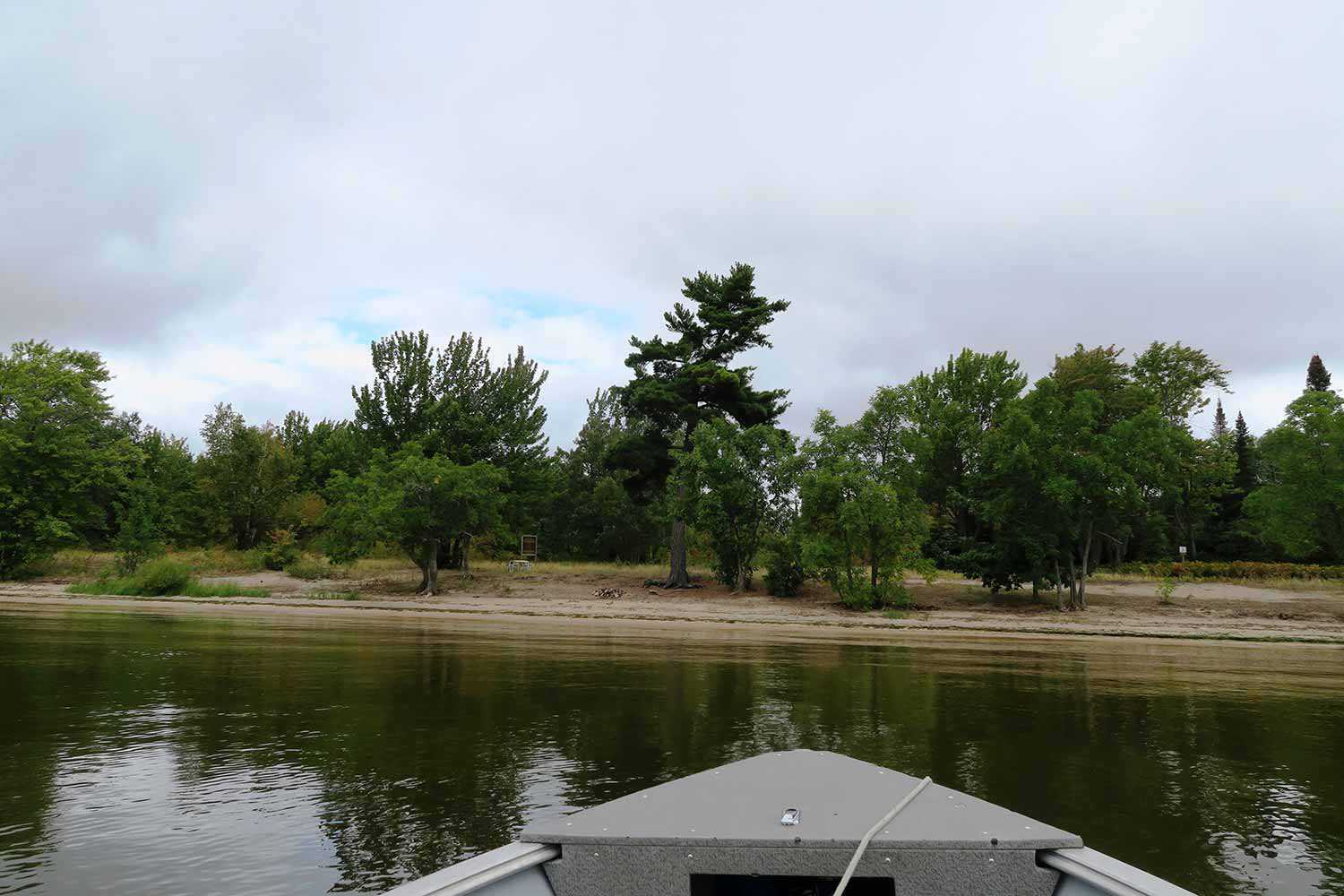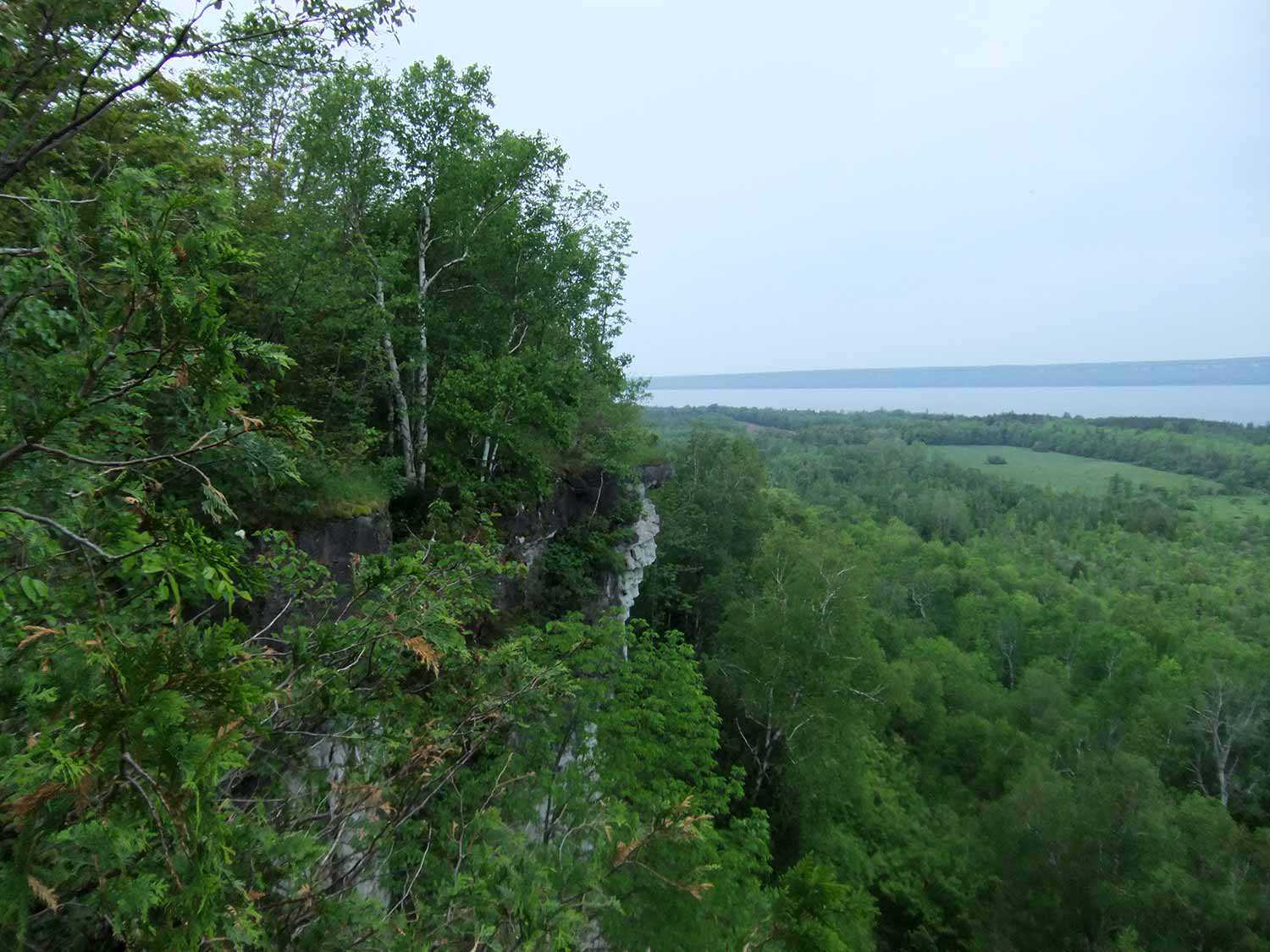Things you need to know
You cannot use the Parks Pass from Credit Valley Conservation (CVC) or the Toronto and Region Conservation Authority to visit the Cheltenham Badlands. The Badlands is owned and operated by the Ontario Heritage Trust and access to the site can only occur through the online reservation system, ParkPass.
Also, because CVC is no longer affiliated with the Cheltenham Badlands, reservations for the Badlands do not also grant access to Island Lake Conservation Area or Terra Cotta Conservation Area. CVC made this offer previously to visitors when they managed the Badlands, but the same offer is no longer available.
Drones are not permitted on the Badlands property.
At this time, we are not able to issue any special use permits such as group bookings, events or photography.
There are two ways to walk to the boardwalk feature from the parking lot. The direct route along the sidewalk on Olde Baseline Road is approximately 250 metres (820 feet) to the boardwalk and feature. There is also a Badlands trail through the forest that provides a more immersive experience. The Badlands trail is a 320-metre (1,050-foot) nature trail. This is not recommended for individuals with mobility issues. Please note that the trail can be muddy due to the nature of the clay soil.
Parking reservations
Reservations are required to access the parking lot and must be booked before your visit. To avoid issues, all parking reservations should be made in advance using our online booking service, ParkPass. For those who enter their licence plate numbers, the gate should scan your licence plate and open automatically. Alternatively, you can pay for a parking reservation on arrival to the Badlands through the online ParkPass booking system (cellular internet connection required). Online payment options include debit or credit card. No cash or cards are accepted at the Badlands parking lot. All purchases are done through the website.
If you don’t know your vehicle’s license plate number when booking (for example, you are using a rental vehicle), simply enter any combination of four letters and three numbers into the ParkPass system (e.g. ABCD 123). When you arrive, the gate will not recognize your license plate, but you can still enter the parking lot by scanning the QR code or entering the PIN included with your booking confirmation.
Note that only regular-sized vehicles are permitted — no RVs, buses or trailers allowed. The spaces in the parking lot cannot accommodate larger vehicles and trailers. Admission also only covers the occupancy of one space.
Motorbikes are allowed in the parking lot, but you will need to use the QR code or the pin code on your booking confirmation email to open the gate as the reader cannot see the license plates on motorbikes.
Bicycles are allowed on the site. There are bike racks available in the parking lot. Note: There is no charge for those who visit on bicycle or on foot.
The accessible parking space is available to use on the weekends by reservation only. The accessible space may be used only by vehicles displaying a valid accessible parking permit and proof of permit will be required. When you arrive, please go to the main parking lot and speak to the security agent who will move their vehicle from the accessible space. From the accessible parking spot, it is about 15 metres (50 feet) or more to the boardwalk.
Practise good Badland behaviour
The Badlands feature is a provincially significant Area of Natural and Scientific Interest. Its distinctive hills and gullies showcase Queenston shale, which is as striking as it is delicate. Erosion is what first exposed the shale after decades of human and environmental activity, and any trespassing onto the Badlands will further erode this unique landmark.
It is important to stay on designated trails, boardwalks and sidewalks.
Questions?
For general inquiries, email badlands@heritagetrust.on.ca. Please note that we are only able to respond to emails during regular business hours, Monday to Friday between 9 a.m. and 5 p.m.
You can make changes to your booking by clicking the “view or make changes to your reservation” link that can be found in your confirmation email. Please note that the cancellation policy does not allow for any changes to the date and time of your reservation within 48 hours of your scheduled booking time. Refunds are also not permitted within this timeframe.
If you made an error when making your reservation — such as an incorrect email address or licence plate number — you still have options. As long as you have entered the correct licence plate number, the gate should open automatically when you arrive for your visit, so there is no need to do anything even if you did not receive the confirmation email. If you didn’t enter your licence plate number (or entered it incorrectly) and didn’t receive your confirmation email, please email us as soon as possible so that we can reissue the confirmation.



